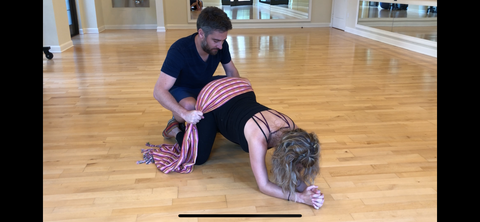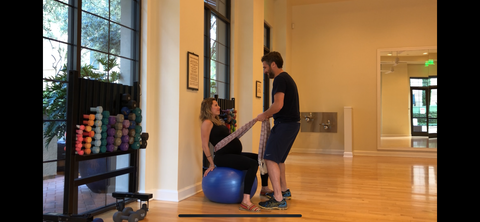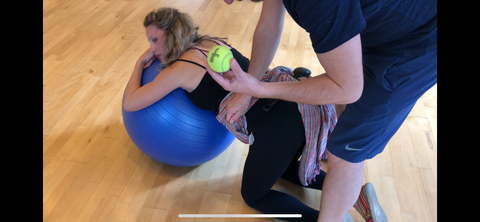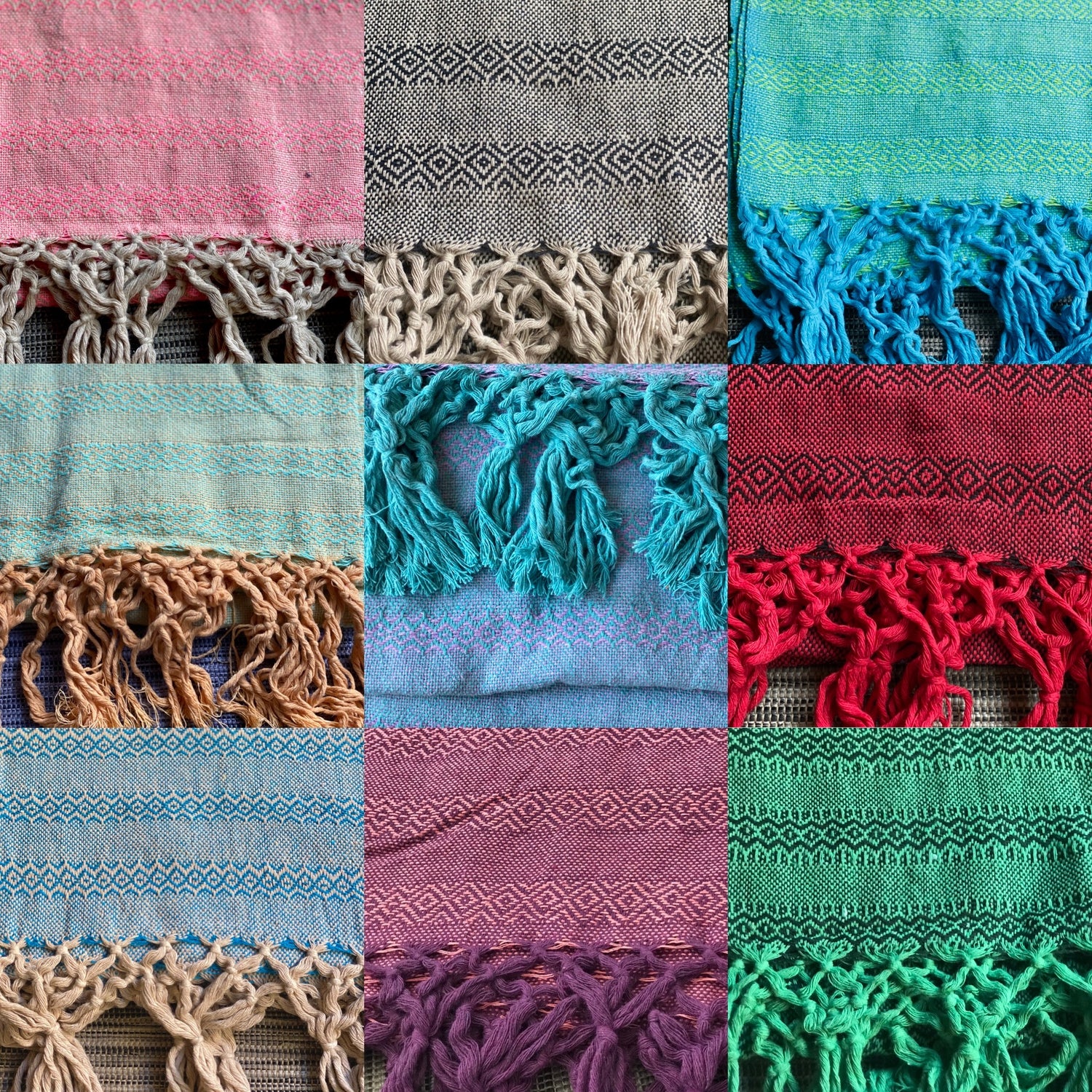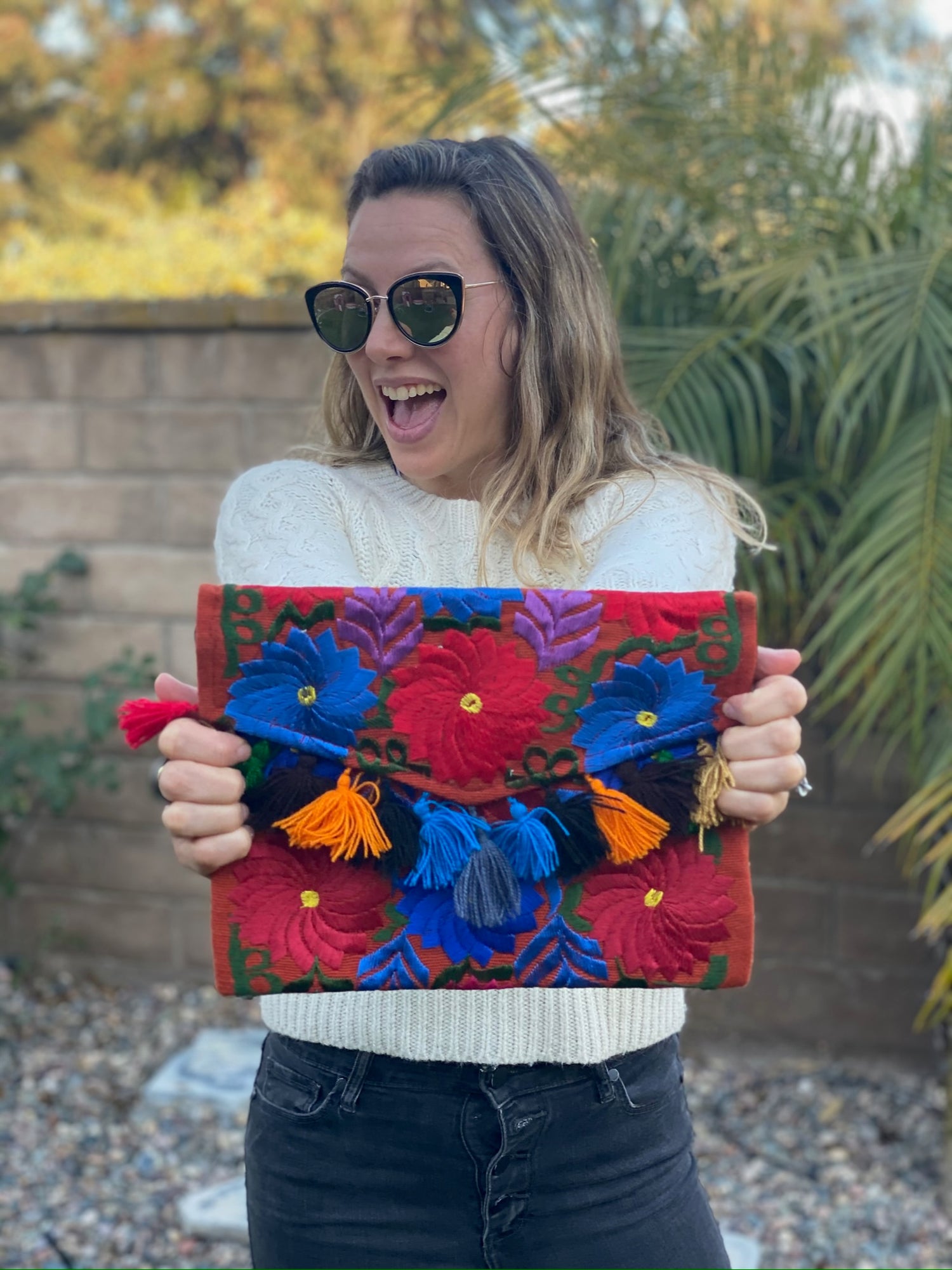A rebozo is a shawl but I refer to it as, the magical fabric.
You can trace its roots back to ancient Mexican civilization, and it is still mainly used today either for fashion or during pregnancy. Essentially, it is a multi-purpose garment that women use to carry bundles, as a wrap-around to protect one’s self from cold and heat, to support women during pregnancy and labor and to carry babies securely around the body.
There are many uses for it, but it is mainly marketed to pregnant women as it serves several functions that can help ease the difficulties of pregnancy. Here, we will review some of the world-renowned ways how it used.
Rebozo Manteada
This is a tradition that is akin to a massage. The word “manteado” means a soft, jiggling action. This is a pregnancy exercise where the rebozo is wrapped around the pregnant woman’s belly and jiggled softly.
The purpose of this exercise is to:
- Relax the muscles
- Employ a good blood flow by relaxing the abdominal muscles
- Ease the urination by relaxing the uterine ligaments
- Help in rotating the baby as the delivery date comes closer
- Help the pregnant lady to relax her hips to make labor less painful
A baby is viewed by the body as a foreign object. As such, the woman’s body tightens its muscles to try to flush the baby out. Usually, doctors advise the woman to take medication in the form of muscle relaxants to prevent a miscarriage.
Before the invention or discovery of muscle relaxants, women used a rebozo to ease muscle cramps. You must have someone to help you facilitate this if you are pregnant. To do this, follow these steps:
- Get down on your knees across a sofa or a big exercise ball
- Wrap your arms around the sofa and lean forward
- Use a pillow under your knees or before your chest to feel more comfortable
- Have your partner wrap the rebozo around your tummy
- He must hold both ends after wrapping it around your belly
- The partner must pull up the rebozo, and relax it
- Repeat the movement with increasing speed, but without changing the pressure
Do this for three to five minutes, and you will feel relaxed.
Most people are used to the woman giving birth while lying on her back. In many cultures, this is incorrect because it is much easier to give birth while sitting down or while squatting.
However, this has to be done once you received approval from your doctor. Usually, this is only recommended if the woman is going though obstructed labor.
The steps are as follows:
- The woman kneels in front of a ball or a chair like the previous exercise
- The helper wraps the rebozo around the hips
- Both ends of the rebozo are held tightly, and the helper shakes the hips vigorously
- This includes shaking the buttocks to promote vibration
What this exercise does is to help reverse the baby’s position in the womb. Another variant involves two people pulling the rebozo back and forth as if in a tug-of-war, to help push the baby out.
Rebozo and Post Labor
The rebozo’s functionality does not end after giving birth. You can use to wrap around your belly and hold it to prevent it from sagging. As you know, your belly expands to give way to the baby that needs space. Once the baby is out, this excess skin stays and can stay there if you do not do something about it.
Instead of buying an expensive girdle, you can use a rebozo to tie around your waist. Tuck that tummy in and let nature do its course and get your stomach back in shape.
You can also use the rebozo to wrap your baby and carry her around your body, without having to hold her. This is most especially helpful if you need both your arms to do household chores such as cooking and sweeping the floor.
Limitations of Rebozo
As with other things, there are some situations when using a rebozo is not the best choice. This is why you should always consult a physician to diagnose the baby’s strength and your physical condition.
Here are some situations when rebozo is not the best thing to help you during pregnancy.
- There is a possibility of miscarriage—the shaking activity can push the baby out. If the pregnant woman is bleeding or is experiencing cramps, consult a doctor or a specialist. This is also important if the woman had a case of a miscarriage in the past.
- The pregnant woman has experiences of cramping – although the rebozo helps relax the muscles, the shaking and the vibrations can tighten some ligaments and cause the mother to go through pain. The only remedy here is to use a rebozo to lift and rock gently, but never in a back and forth motion that can cause muscle spasms.
- Anterior placenta pregnancy – in this kind of pregnancy, the baby is positioned close to your abdomen, and the baby is in front of your uterus, instead of behind it.
What happens is that you do not feel your baby like mothers who have a posterior placenta, the reason being is that the placenta is working as a cushion between your tummy and the baby.
In cases like this, you can use the rebozo but very gently. Or better yet, do not shake the mother or the baby at all.
Summary
The rebozo is a very useful tool for pregnancy. And you can use it for fashion even after your pregnancy is long over. In ancient times, these pieces of clothing were hand-woven. Today, there are thousands of designs that you can choose from, all of which can complement your fashion style.
And because of this, you might as well as stack up on rebozos, so you have several variants to choose from during the entire course of your nine-month pregnancy.
You can choose from plain colors, Mexican designs, and different wavy patterns. Should you buy one, choose those that are handmade and are made of premium quality. Needless to say, you have to shop for it on websites that offer authentic, handmade, Mexican rebozos.
Enjoy your rebozo!

